Dragonfly V1.2 – Sound
In comparison to the old DragonFly, the V1.2 – according to Audioquest – should sound even smoother and have a more open sound: Among the improvements, the circuitry between the DAC chip and the analog output stage has been refined to create a more direct signal path, leading to even greater transparency and immediacy. Also, the DAC’s power supply has been fortified, which gives the sound more “grip,” and even greater dynamic contrast.
I have never had the opportunity to listen to the original DragonFly but it has proven itself already, going on the number of posts and positive reviews. Again, I’m not a big fan of USB dongle AMP/DACs but the Dragonfly actually performs really well and it drives anything from IEMs to easy to drive full sized headphones like the HD650, HE-400S, HE-400i, Beyerdynamic DT770, Fidelio X2 and so many more. Of course the DragonFly has its limitations and your HE-400i, in example, will sound even better with a more powerful portable or desktop amplifier.
DragonFly’s sound is dynamic and musical. It sounds fast and clean with a completely black background. Unlike with some of the other USB DACs, the DragonFly never made any weird sounds, clicks or pops. Volume is set by the operating system or by your media software in use and as a result is perfectly silent. The DragonFly is fast paced, sound spacious and has pretty good instrumental separation. You get a very good level of detail, layering and precision with a good sound stage width and depth. The DragonFly sounds a lot bigger than it size would make you think.
I do think the DragonFly has a more upfront sound and that’s especially noticeable with voices and in the higher mids. Bass is solid, goes deep, is detailed and has good layering. Bass has more than average body but depending on the headphone used, isn’t always the tightest kind of bass. Treble is lively and energetic but easy to listen to at the same time. The mids are musical, detailed, layered and have good body. I would say the DragonFly is a bit more to the warmer side of neutral.
Combinations & Comparisons
The DragonFly seems to clear up the darker headphones because of it slightly more forward sounding nature. I quite liked the result with the Beyerdynamic DT770 but I did find the bass a bit big and loose. The DT770’s bass was full bodied, layered and deep but when listening to Lana del Rey’s latest Honeymoon album, bass a little too often became loose. The Beyer’s mids and treble were very good. As I reported in the Audioquest NightHawk article, I really liked the combination of both. The Nighthawk is a rather warm and lush sounding headphone and the DragonFly cleared and cleaned it up in the most positive way, keeping all of NightHawk’s other characteristics.
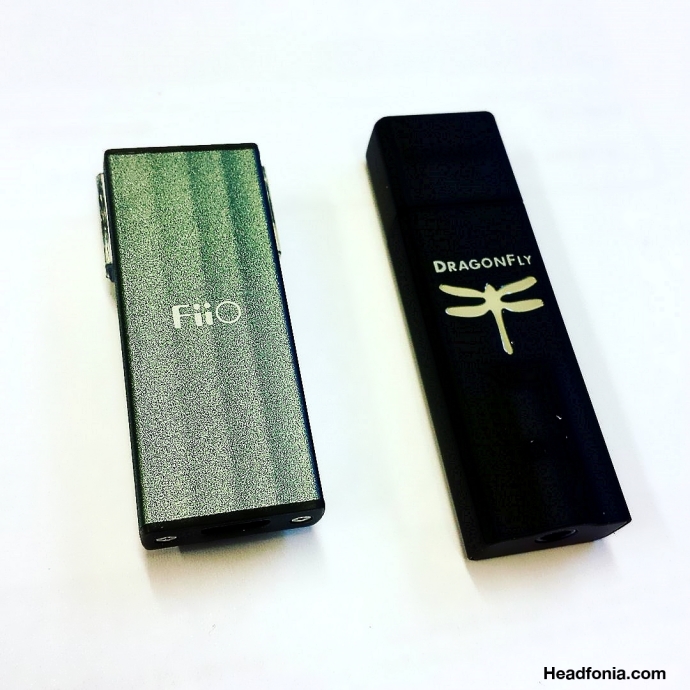
I’m very picky when it comes to amping the Sennheiser HD650, but like with the NightHawk, the Audioquest Dragonfly V1.2 cleared it up (or lifted the veil as most call it). I wouldn’t go as far as saying the combination was great but I certainly did expect it to be a whole lot worse. The Hifiman HE-400i worked rather well with the Dragonfly but it isn’t the hardest to drive headphone either. That being said I in the office could live with this combination any day. Of course the Audioquest DragonFly drives all of my monitors and IEMs but I especially liked the Warbler audio 1 with it. I can’t comment on the Warbler too much as it hasn’t officially been released yet. Let me just say that the DragonFly compliments the Warbler very well, making it very energetic and dynamic sounding.
The Resonessence Labs Herus also is a DAC/Amp combo but it connects through a USB to USB-B cable. The Herus has the edge on the detail and sound stage but it isn’t as quiet as the DragonFly V1.2. I never listen to the Herus directly with my ear- or headphone and that’s exactly what I do with the DragonFly, it just is more engaging. The Herus also uses an ESS Sabre chip but it compared to the DragonFly also does DSD. I also liked using the DragonFly with a fixed output mode (volume 100%) in combination with my integrated receiver at home, as the DragonFly delivered a lively and energetic, detailed sound.
Fiio’s K1 – which is smaller because it uses a usb cable – has a thicker sound in bass and mids and it doesn’t have the same level of detail and clarity from bass to high. The K1 costs only $39.99 but it also shows in how it performs. When going from the 3 times as expensive DragonFly V1.2 to the Fiio K1 you will actually get the impression the Fiio sounds muffled. The clarity, tightness and speed compared to the DragonFly V1.2 just aren’t there. The Cozoy Astrapi also has to be connected by a USB cable and it sounds a lot thinner than the DragonFly with sharper vocals and a light / aggressive presentation. I never liked the Astrapi and I seriously doubt I ever will, it just doesn’t sound natural unlike the DragonFLy V1.2.
Conclusion
The Audioquest DragonFly V1.2 is a small box with big sound. It is available for US$147.99 (€134) on Amazon while the original version is going for only $99. The Audioquest DragonFly V1.2 is extremely portable and is ideal to take with you on holidays if you want better quality sound than your on-board sound card delivers. While the DragonFly sounds good, you of course can’t expect it to do magic and a whole lot of your harder to drive headphones will still sound better using a dedicated desktop amplifier.
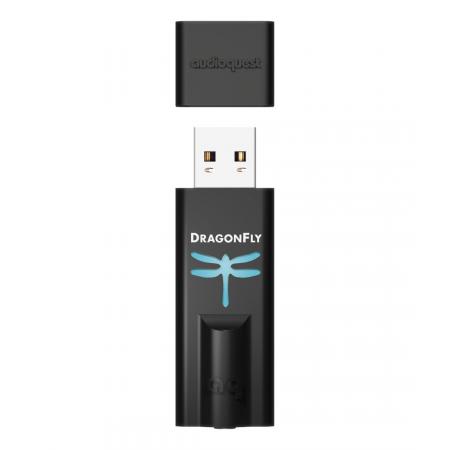
The DragonFly however delivered more than I expected from it and I can only say this USB DAC/Amp performs on a really good level. The V1.2 is not guaranteed to work on all Android devices but the new version should solve that issue. If you’re really planning on using it with your phone or tablet you’ll have to wait just a bit longer for Audioquest to release the new “BLACK/RED” version. For everyone else out there looking for a tiny USB DAC/ Amp, this probably is as good as it’s going to get in this price range.





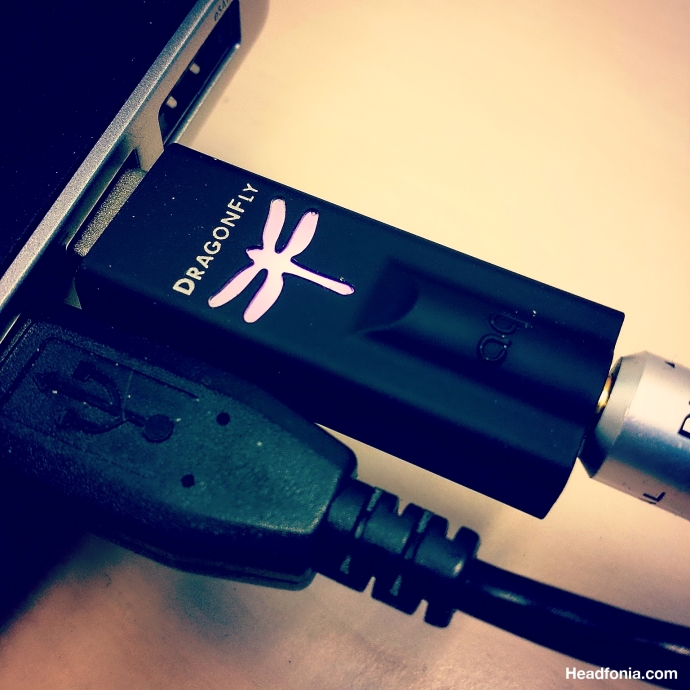
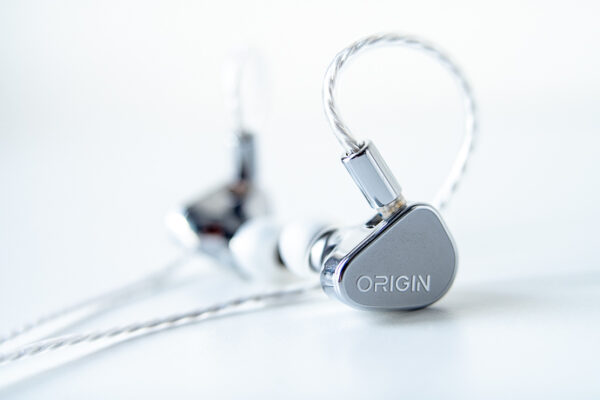
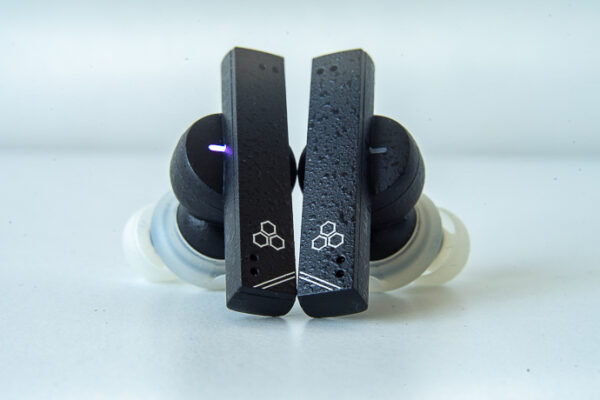
Barun C
Nice review Lieven, although today, I only find these kinds of devices good for form factor advantage and that’s it. I think there is a potential of these kind of devices improving in terms of delivering performance as good as full sized portable DAC/AMP combos in the next 5 years or so.
On a sperate note, hope you are okay Lieven, just heard about the horrible things going on at Brussels.
Headfonia_L.
Thanks Barun. I just made it back home from a very confusing and terrifying day in the capital.
ohm image
Glad to hear you’re okay.
dalethorn
This review matches my experience very closely.
Headfonia_L.
Yay 🙂
ipromesisposi
Nice review. I’m in the market for an update for the awesome Fiio E10. Considering that it’ll have to push a HD650, What is your recommendation?
dalethorn
You can buy an all-in-one DAC/amp that’s portable, or not portable (check the reviews here). If you buy a Dragonfly or other USB DAC-plus-“amp” that has USB power only, you could get by with it for some time, then add an amp with more power later on, using the Dragonfly as the DAC to drive that amp.
ipromesisposi
I’m afraid I haven’t explained well. I’m looking for an (remarkable, if possible) upgrade for my Fiio E10. Preferably affordable (not the gorgeous Phatlab reviewed yesterday, out of bounds completely) y with enough punch for the Sennheiser HD 650. Maybe as simple as the Fiio E10 Olympus…
dalethorn
So are you looking for ideas of different amps, DAC/amps, specific budget, your source….?
ipromesisposi
Yes, I’m looking for an appreciable upgrade for my venerable Fiio E10 (first version). Preferably USB DAC+Amp all in one. The cans are (and it’ll be) my beloved HD650 and the source is a laptop which treasures 2 terabytes of classical music in lossless formats. Budget? Sparse, 400$ tops.
Keattikorn
Hi,
I do have the Audioquest dragonfly v1.2 and Fiio X3ii. I would like to hear your opinion on them compared to Astell and Kern AK100II for sound quality/signature aspect. I could sell the dragonfly and X3ii, then purchase AK100 ii.
The AK100 ii can be used for home-wifi playback as a DAC, which is pretty convenient. It also has Bluetooth connectivity/touch screen interface.
NOPPAROOT
this one vs e10k what is your opinion i’m just gonna buy my first dac and i’m so confuse
dale thorn
The DF v1.2 is a big step above the FiiO. But the DF might not work everywhere the FiiO works. In that case the DF Red or Black is better.
NOPPAROOT
i just wanna use it with my pc but i didn’t know that df is really better than e10k that far. this is really make me confuse the price of df is much more than e10k 50% is it worth for that price ?
thank you for comment i’m really appreciate this 😀
ps. sorry for my bad eng
dale thorn
The DF is much better – dramatically better. The price difference is not just $30, it’s the hundreds of dollars you spend on all your music and your gear, which gets filtered by the DAC/amp that you use.
NOPPAROOT
that made my decision lol thx for information i’m going to buy it next weekend 😀